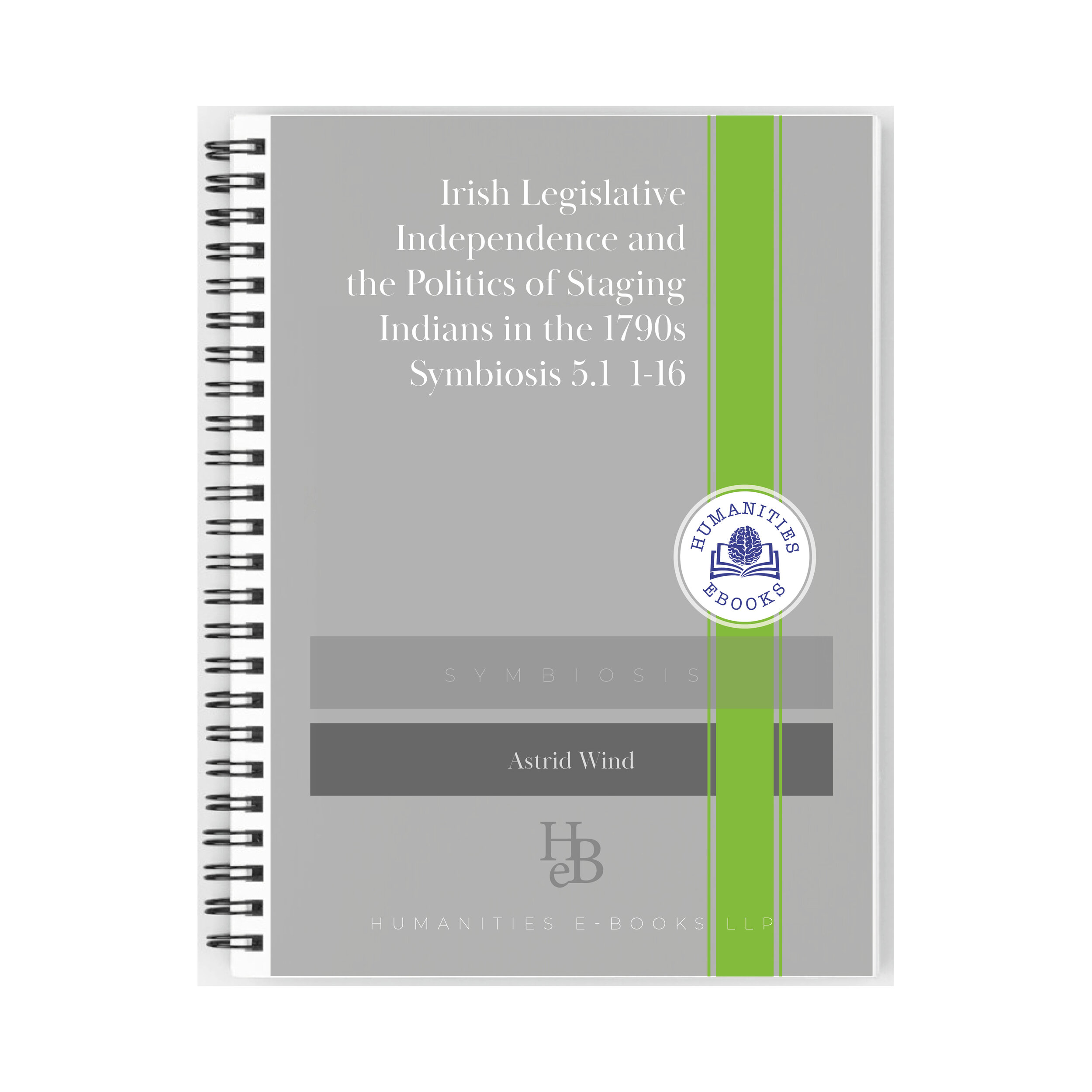Sinéad Moynihan's essay, "‘Ships in Motion’: Crossing the Black and Green Atlantics in Joseph O’Connor’s Star of the Sea," provides a deep exploration of the intertwined histories of Irish emigration and African American experiences in the 19th century. The essay situates Joseph O’Connor’s historical novel within the broader context of Ireland’s Great Famine and American slavery, analyzing how O’Connor draws parallels between the two. Moynihan examines the symbolism of the ship in O’Connor’s work, a space where class, race, and nationality collide, and the implications of these connections for contemporary understandings of race and identity. This insightful analysis is crucial for readers interested in postcolonial studies, transatlantic histories, and the cultural representations of migration and racial relations.
This essay was originally published in Symbiosis: A Journal of Anglo-American Literary Relations, Volume 12.1 (April 2008).
Keywords & Topics
Joseph O’Connor, Star of the Sea, Irish emigration, the ‘Green Atlantic’, the Great Famine and American slavery
Extract
“This essay examines Joseph O’Connor’s bestseller, Star of the Sea, in the context of the reversal in Ireland’s migration pattern, arguing that the appearance of the novel in 2002 is significant because it depicts the defining era in Irish emigration history—the Great Famine, specifically ‘Black ’47’—at the precise moment when immigration into Ireland was at its peak. I argue that in contemporary Ireland, as non-white immigrants begin to comprise a significant proportion of the national population, issues of race, nationality and citizenship are increasingly being mediated through cultural representations of racial relations in the United States. Joseph O’Connor is only one of a number of Irish writers and dramatists— among them, Roddy Doyle and Donal O’Kelly—in whose work this has become evident.”
About the author
Sinéad Moynihan, University of Nottingham
 Image 1 of 2
Image 1 of 2

 Image 2 of 2
Image 2 of 2











